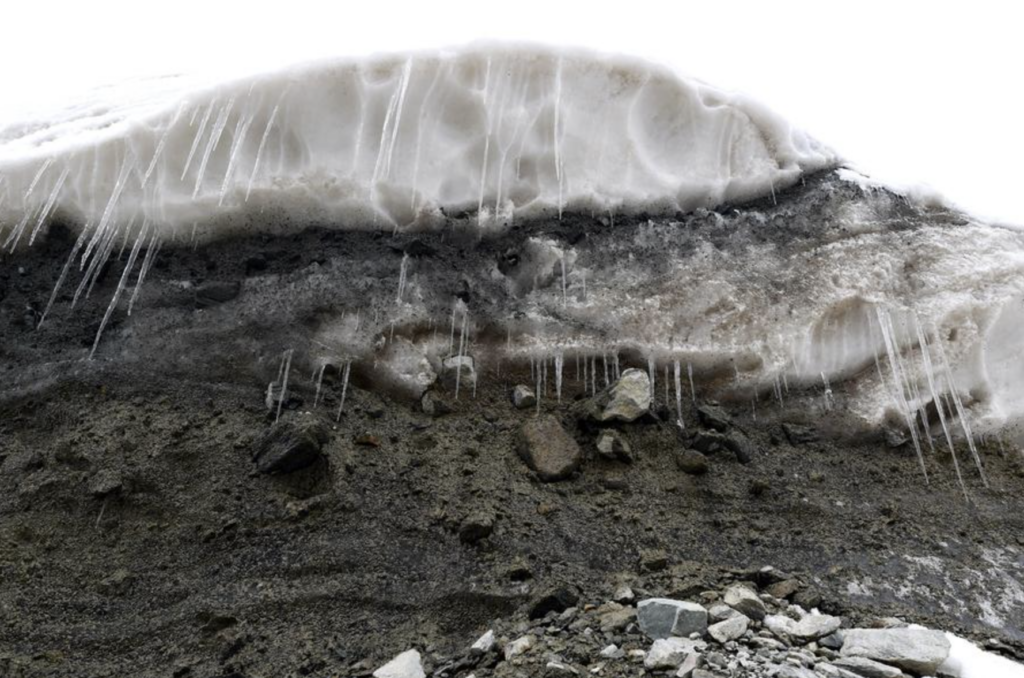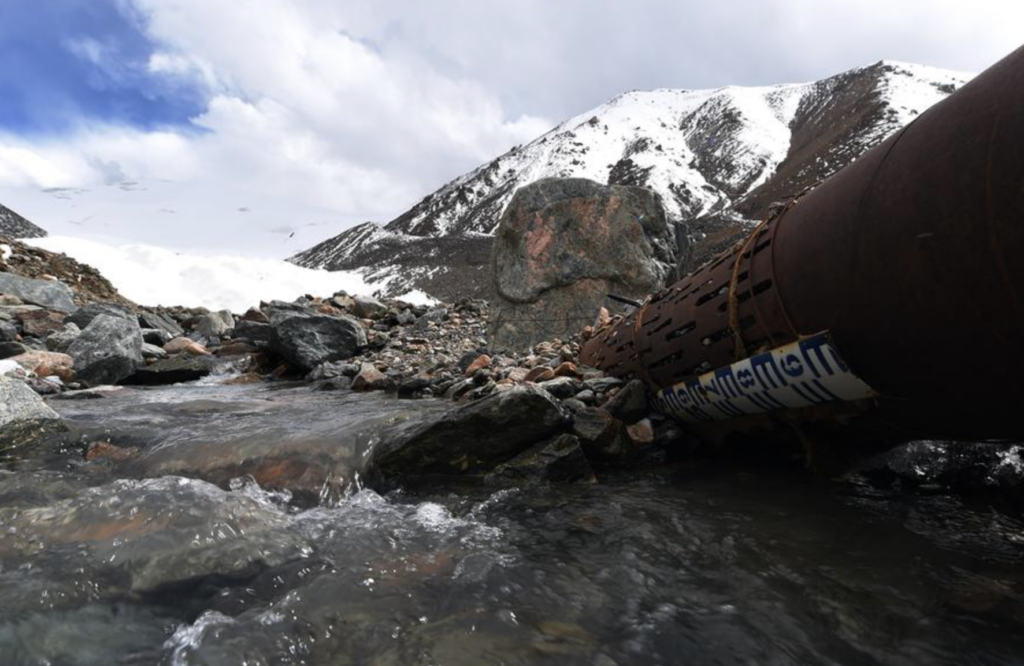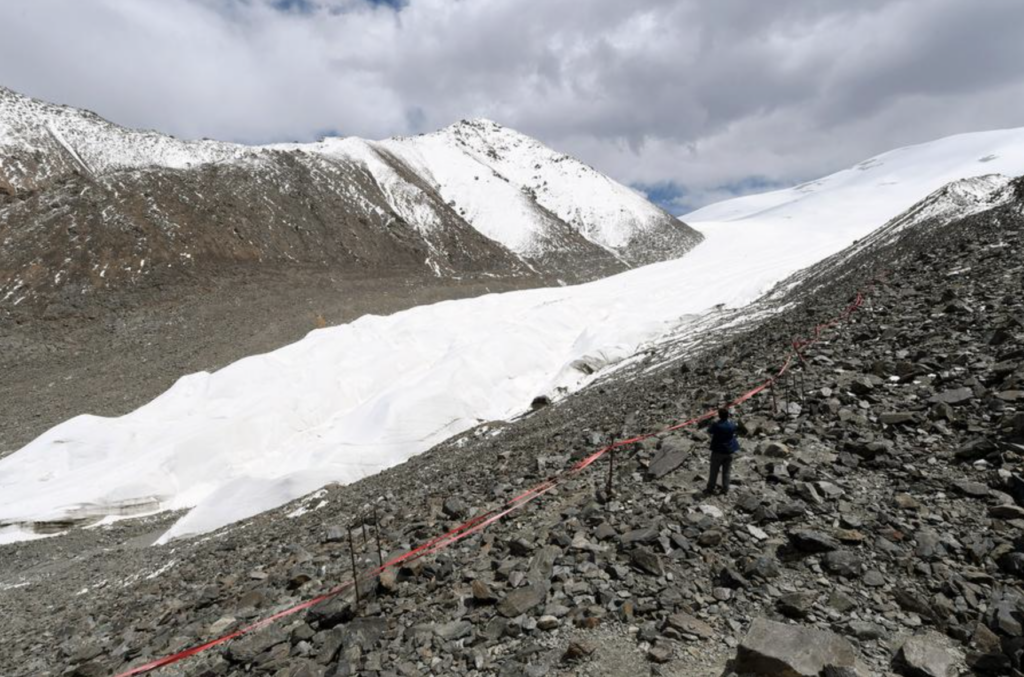Qiyi Glacier
Qiyi Glacier, 116 km southwest of Jiayuguan City in Gansu Province, China, on the northern slopes of the Torai Mountains in the Qilian Mountains. It is the closest viewable glacier in Asia to the city, but is shrinking in recent years.
3D Modelling of Climate Change Impacts
How?
The zero-equilibrium line elevation of the Qiyi Glacier averaged 4970 metres in 2002 and 2003. This is an increase of 370 metres and 300 metres, respectively, compared to the average results of actual observations in the 1970s (4600 metres altitude) and the 1980s (4670 metres altitude). This result strongly responds to the process of glacier response to climate change in the context of global warming.

Why?
Qiyi Glacier is significantly affected by temperature. Obviously, it is experiencing the effects of climate change. According to the temperature data between 1960~ 2004 from Jiuquan Weather Station, local temperature rapidly increased after 1996 (average +0.41°C), caused the volume of meltwater from Qiyi Glacier increased by average 0.41×106 m3 per year, which was 26.9% of the pre-meltwater volume. In recent years, the shrinkage of Qiyi Glacier has become more serious.

Preservation

- Glacier shrinkage has become irreversible in global warming. To slow down this trend, in 2017, Qiyi Glacier closed its tourism industry to reduce the exacerbation of glacier shrinkage by human activities.
- Glacier Science Expedition. Members of the Institute of Glacial and Permafrost Research of the Chinese Academy of Sciences are permanently stationed at Qiyi Glacier, keeping a close eye on the glacier’s shrinkage.